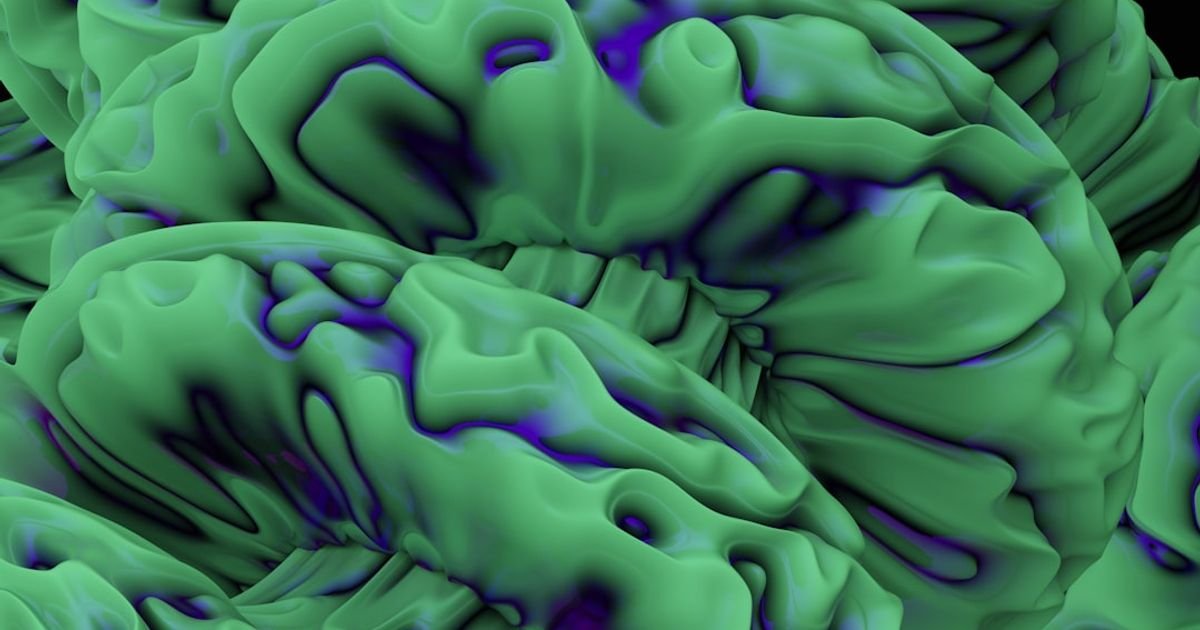About Prompt
- Prompt Type – Dynamic
- Prompt Platform – ChatGPT, Grok, Deepseek, Gemini, Copilot, Midjourney, Meta AI and more
- Niche – Sentiment & Behavior Analysis
- Language – English
- Category – Mental Health Monitoring
- Prompt Title – AI Prompt for Monitoring Mental Health via Patient Interaction Analysis
Prompt Details
This prompt is designed to be dynamic and adaptable across various AI platforms for sentiment and behavior analysis, specifically targeted towards monitoring patient mental health through interaction analysis. It incorporates best practices for prompt engineering, including clear instructions, specific examples, and adjustable parameters.
**Core Prompt Structure:**
“`
Analyze the provided patient interaction data to assess the individual’s mental health status. Consider the following factors and provide a comprehensive report:
1. **Data Source:** {Specify the data source, e.g., transcribed therapy session, social media posts, email correspondence, etc.}
2. **Time Period:** {Define the time period for analysis, e.g., last week, past month, specific dates.}
3. **Target Behaviors/Symptoms:** {Specify the mental health aspects to focus on, e.g., anxiety, depression, suicidal ideation, mania, etc. Provide specific examples of linguistic or behavioral indicators related to these targets.}
4. **Sentiment Analysis:** Analyze the overall sentiment expressed in the interaction data. Categorize the sentiment as positive, negative, or neutral, providing supporting evidence from the text. Quantify the sentiment using a scale from -1 (extremely negative) to +1 (extremely positive). Pay particular attention to sudden or significant shifts in sentiment.
5. **Behavior Analysis:** Identify and analyze relevant behavioral patterns, including:
* **Linguistic patterns:** Analyze word choice, sentence structure, and tone. For example, identify the use of absolutist terms (always, never), first-person pronouns (I, me), and emotional vocabulary.
* **Communication style:** Analyze aspects like frequency of communication, response times, initiation of conversations, and overall engagement. (Only applicable if data allows.)
* **Topic analysis:** Identify recurring themes and topics discussed. Assess the emotional valence associated with these topics.
6. **Contextual Information (Optional):** {Provide any relevant contextual information about the patient, such as diagnosis, medication, recent stressors, or significant life events. This information should be used to enhance the analysis and provide a more nuanced interpretation.}
7. **Output Format:** Provide a structured report with the following sections:
* **Summary:** A concise overview of the patient’s mental health status based on the analysis.
* **Sentiment Analysis Results:** Quantitative and qualitative findings regarding sentiment trends and shifts.
* **Behavior Analysis Results:** Detailed analysis of linguistic patterns, communication style (if applicable), and topic analysis.
* **Risk Assessment:** Assess the level of risk based on identified indicators. Classify the risk as low, medium, or high. Justify the risk assessment with specific evidence.
* **Recommendations:** Provide actionable recommendations for further assessment or intervention based on the analysis. These might include suggestions for further therapy sessions, medication adjustments, or contacting support networks.
**Example Implementation (Depression Monitoring from Therapy Session Transcript):**
“`
Analyze the provided transcribed therapy session data to assess the individual’s depression status.
1. **Data Source:** Transcript of a 45-minute therapy session conducted on 2024-07-20.
2. **Time Period:** Duration of the provided therapy session.
3. **Target Behaviors/Symptoms:** Focus on indicators of depression such as expressions of hopelessness, sadness, loss of interest, fatigue, changes in sleep patterns, and suicidal ideation. Examples include phrases like “I don’t see the point anymore,” “I’m always tired,” “I can’t sleep,” and “I wish I wasn’t here.”
4. **Sentiment Analysis:** … (as described in the core prompt)
5. **Behavior Analysis:** … (as described in the core prompt)
6. **Contextual Information:** Patient diagnosed with Major Depressive Disorder, currently on medication (Sertraline 100mg), recently experienced job loss.
7. **Output Format:** … (as described in the core prompt)
“`
**Dynamic Adjustments:**
This prompt can be adapted by modifying the following parameters:
* **Data Source:** Adjust based on the available data.
* **Time Period:** Specify the relevant timeframe.
* **Target Behaviors/Symptoms:** Tailor to specific mental health concerns.
* **Contextual Information:** Include any relevant background information.
By carefully customizing these parameters, this dynamic prompt empowers AI models to provide valuable insights into patient mental health, facilitating timely interventions and improved care. Remember to prioritize patient privacy and data security when implementing this prompt with real patient data.

